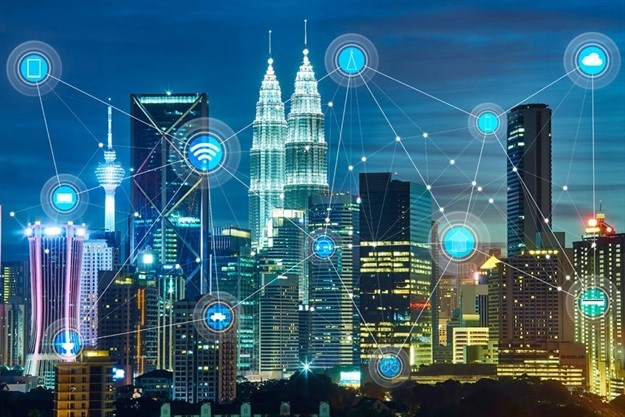Marketing & Media trends
Industry trends
BizTrends Sponsors
#BizTrends2017: HVAC and building efficiency

Equipment is smarter and easier to connect, data is more accessible; control - via any device - is better, and less highly skilled resources are needed to operate the equipment. Putting equipment into a building requires less of an investment and, at the same time, makes it more cost efficient to run.
While the big driver for enterprise will initially be achieving efficiencies, there are real world issues that will push the agenda for use of advanced technology in buildings forward. These include the efforts to achieve a better environment, less pollution and less waste i.e. increasing the life of equipment so there is less to go into landfills.
These are some of the leading trends for 2016/17
Ease of operation and integration: Open, standards-based systems make machines, devices and systems more plug-and-play, minimising the need to employ specialised resources.
Systems dynamically adapt to change: Cloud and machine-to-machine connectivity allows systems to dynamically adapt to changing environmental needs. For example, an access control system can now link into a smart cloud to inform management systems and drive automated responses. Data about occupancy facilitates control of lighting and air conditioning.
This all happens in the background, with a smart cloud monitoring performance of equipment and buildings against benchmarks and best practices, as well as specified key performance areas (KPAs), and automating day-to-day decision-making.
Predictive systems: Smart self-learning algorithms are also making waves. With more historic data, systems gain a better understanding of human behaviour and preferences, and of environmental fluctuations. This enables them to predict needs and adapt faster to changing situations.
The benefits are significant: more automation, improved integrated management of complex systems, savings in energy usage and smoother operation of buildings and systems.
Condition-based maintenance will become the norm: With a growing focus on sustainability, the longevity of plant equipment has taken a front row seat. Sophisticated chillers are now able to monitor and analyse their own performance in real time, using the connected environment to send out the necessary alerts or make the necessary performance adjustments to correct the issue. This makes condition-based maintenance a reality. For example, identifying a blocked filter and correcting it in time can help extend the lifetime of equipment significantly, improve performance efficiencies, lower costs and minimise impact on the environment.
Smart buildings will herald the arrival of smart cities: As buildings become smarter and begin to find reasons to connect to city infrastructure, smart cities will become a reality. Buildings are the biggest consumers of energy in cities so a big driver will be managing energy use. Connecting to an information sharing platform, quite likely in the form of a smart grid, will help ensure they act within environmental constraints. Once connected, other systems will join, increasing the ability of the city to work together to reach shared goals.
Setting the pace for 2017
The shift to smarter, integrated, digitally driven and wirelessly interconnected systems is gaining momentum. It aligns with all the current business drivers: better management of complex systems, the need to keep costs down, meeting the eco-conscious demands of shareholders, and aligning systems to participate in smart city initiatives as they emerge. Service and equipment providers in this sector are adapting their offerings to meet these needs, with more sophisticated HVAC and building management solutions leading the field. We look forward to 2017 – it promises to be a year of rapid transformation in this sector for forward-looking companies.





